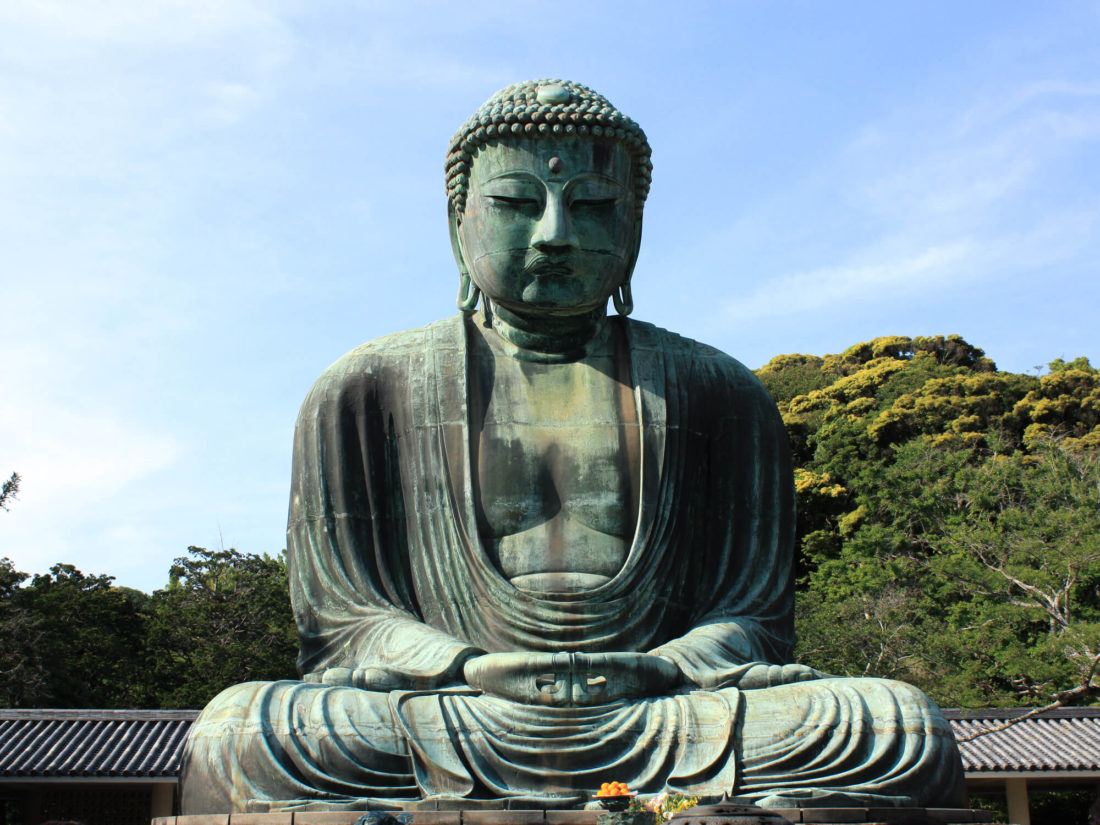Kamakura 鎌倉 is a coastal city, an hour away from Tokyo. When I worked in Japan, I often escaped the busy capital and Kamakura was one of my favourite places.
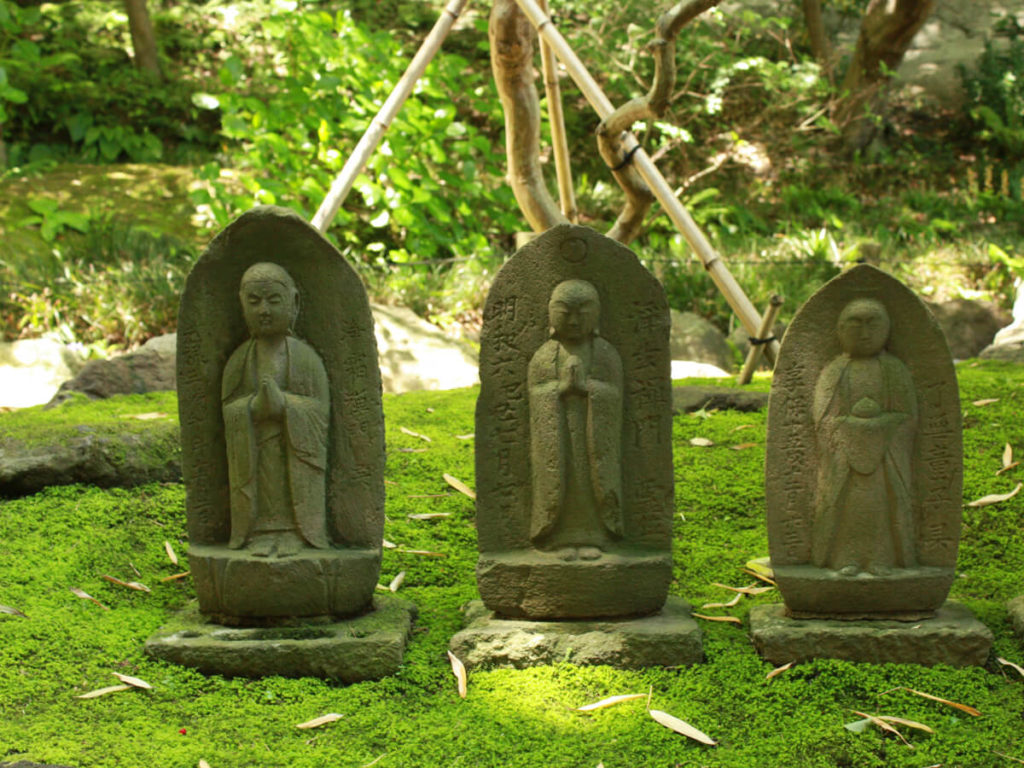
History
Don’t leave! Japanese history is fascinating! Without going into too much historical detail (at the risk of losing you before the end of this article), I will give you a quick and concise summary of the importance of Kamakura:
Heian period (794 – 1185)
During this period, 4 main clans fought tirelessly for power: the Minamoto clan, the Fujiwara clan, the Tachibana clan and the Taira clan. Have you heard of the Genpei War? It was a civil war between the Minamoto and Taira clans. No? So perhaps under other names …. the Genji (Minamoto) and the Heike (Taira). The Tale of Genji (Genji Monogatari) must surely speak to you. It was one of the first novels in the world.
Kamakura period (1185 – 1333)
The war lasted 5 years and marked the end of the Heian period. The Minamoto clan won over the Taira clan and In Minamoto no Yoritomo seized power and became the first shogun in Japanese history. A shogun was the highest military rank but was the real ruler of the country. The capital was Heian Kyo (the old name for Kyoto). Minamoto no Yoritomo decided to install the new capital in Kamakura. The importance of the city is reflected in its architectural heritage, in particular its many shrines and temples.
Hasedera 長谷寺
Hasedera is a temple known for having one of the largest wooden statues in Japan. The statue of the goddess Kannon measures 9.18 meters. It is one of the largest wooden sculptures in Japan. Unfortunately, it’s not allowed to photograph it. This Buddhist temple is my favourite in Kamakura. I went there towards the end of the day: although parts of the temple were already in the shade, most of the temple complex was blessed with a beautiful light of the setting sun.

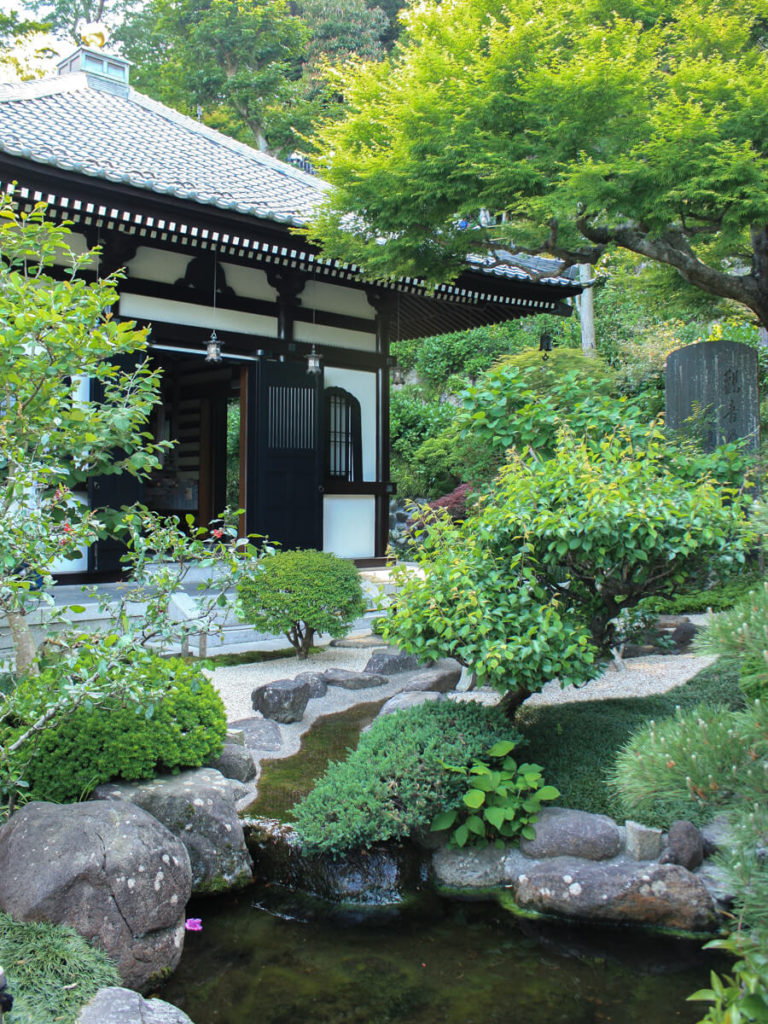
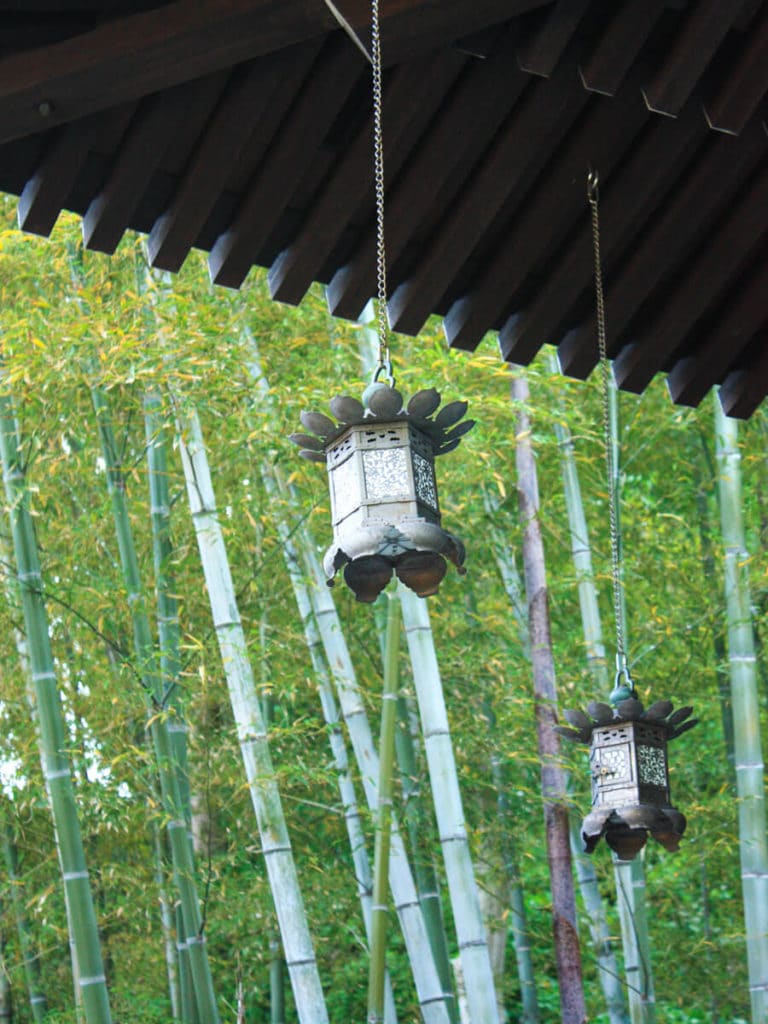
Hundreds of small Jizō statues represent Jizo Bosatsu, a divinity in Buddhism who protects children who have died. They are placed by parents mourning children and unborn babies. These statues remain in place for about a year.
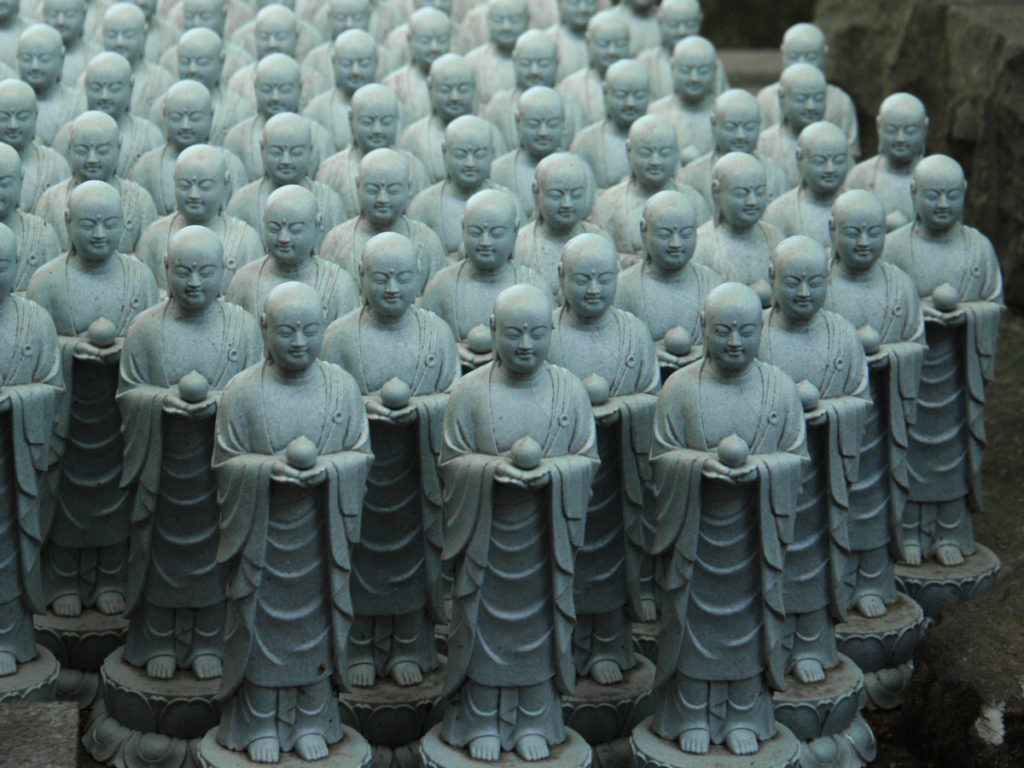
The temple complex sits on a hill with beautiful views of Kamakura.
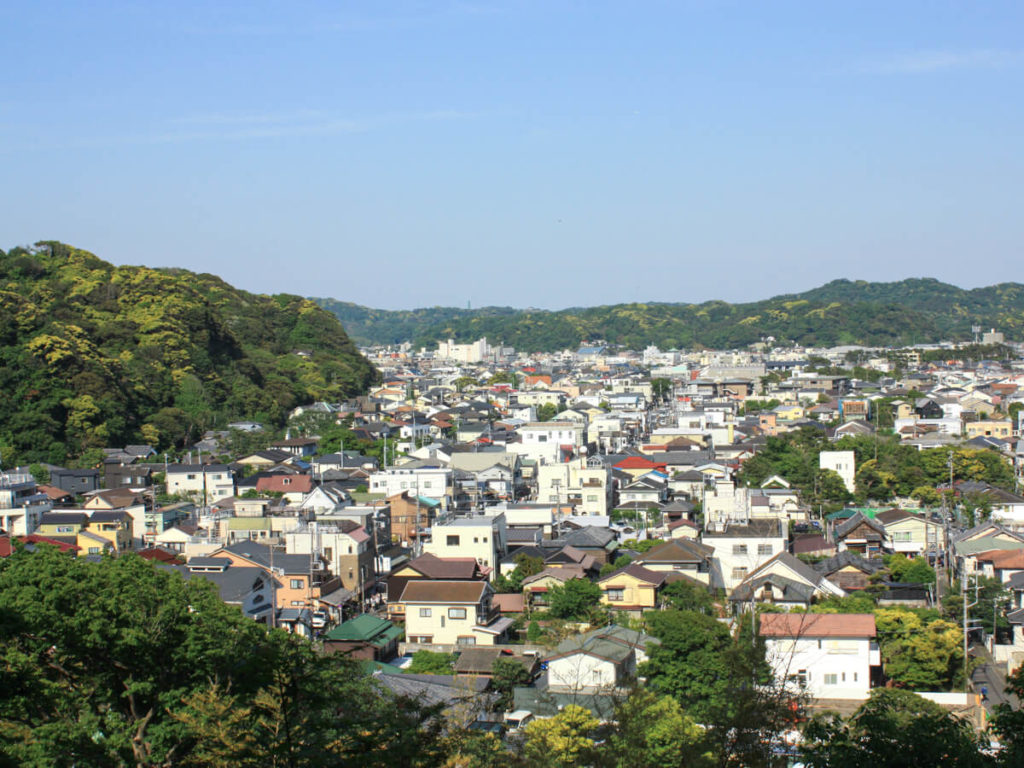
Engakuji Temple 円覚寺
Engakuji Temple is a Zen Buddhist temple that houses the largest bell in Kamakura. It was founded in 1282. Unfortunately, many of its buildings were destroyed during the great Kanto earthquake of 1923. Consequently, most of the buildings are reconstructions of the 20th century.
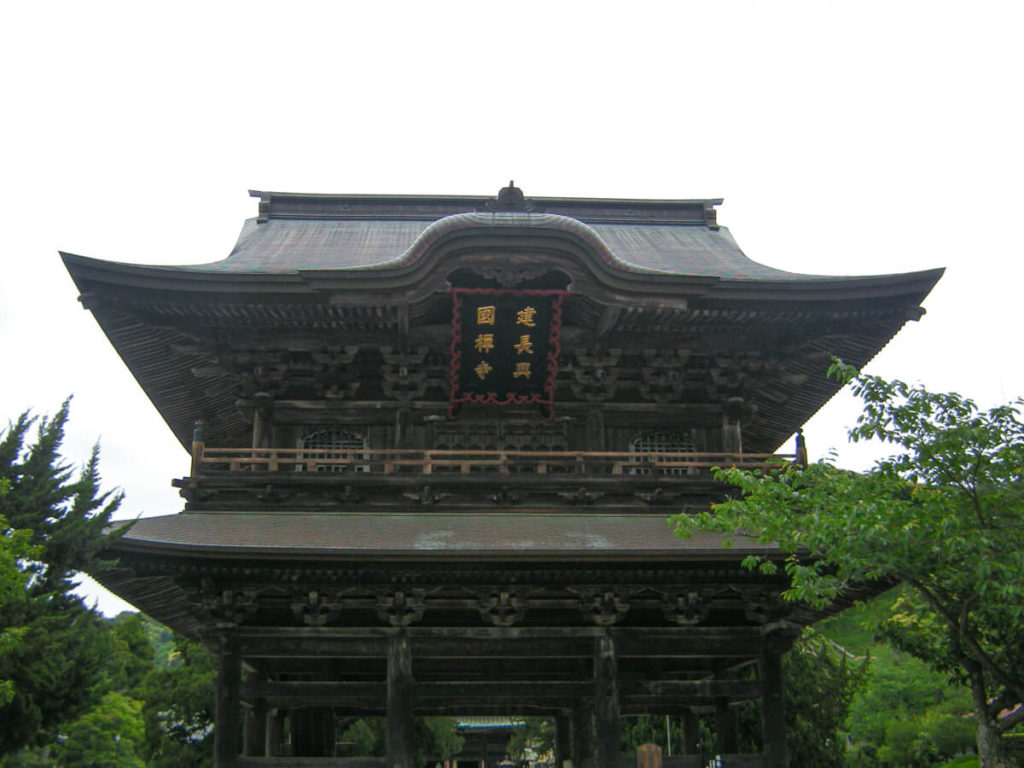
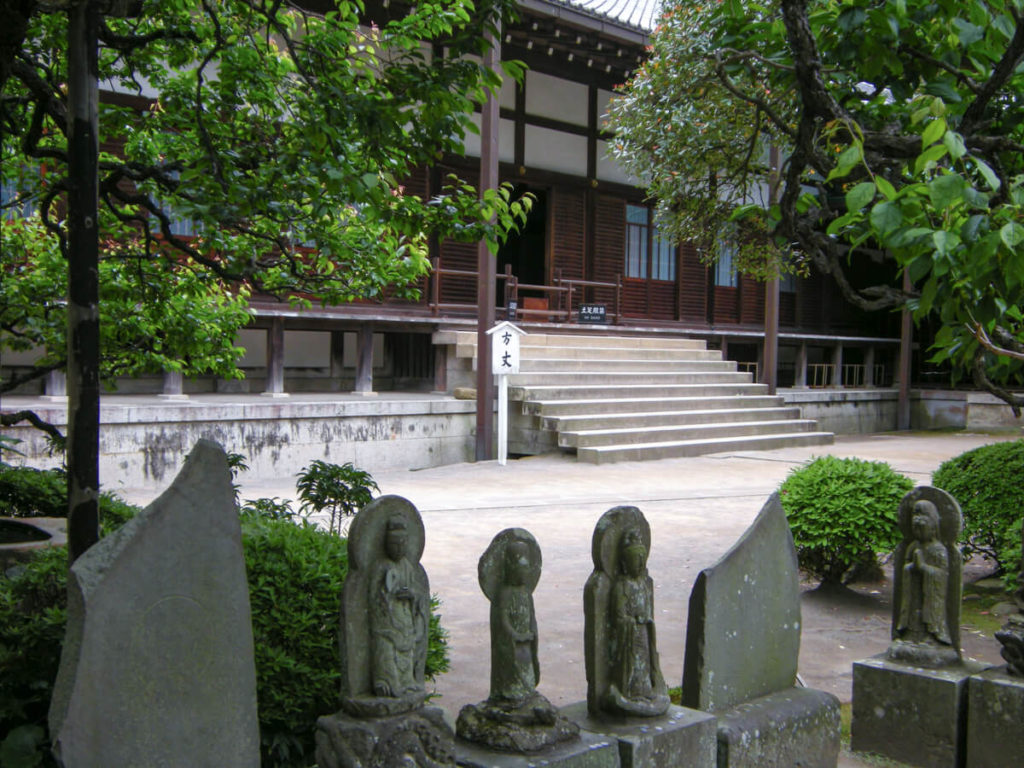
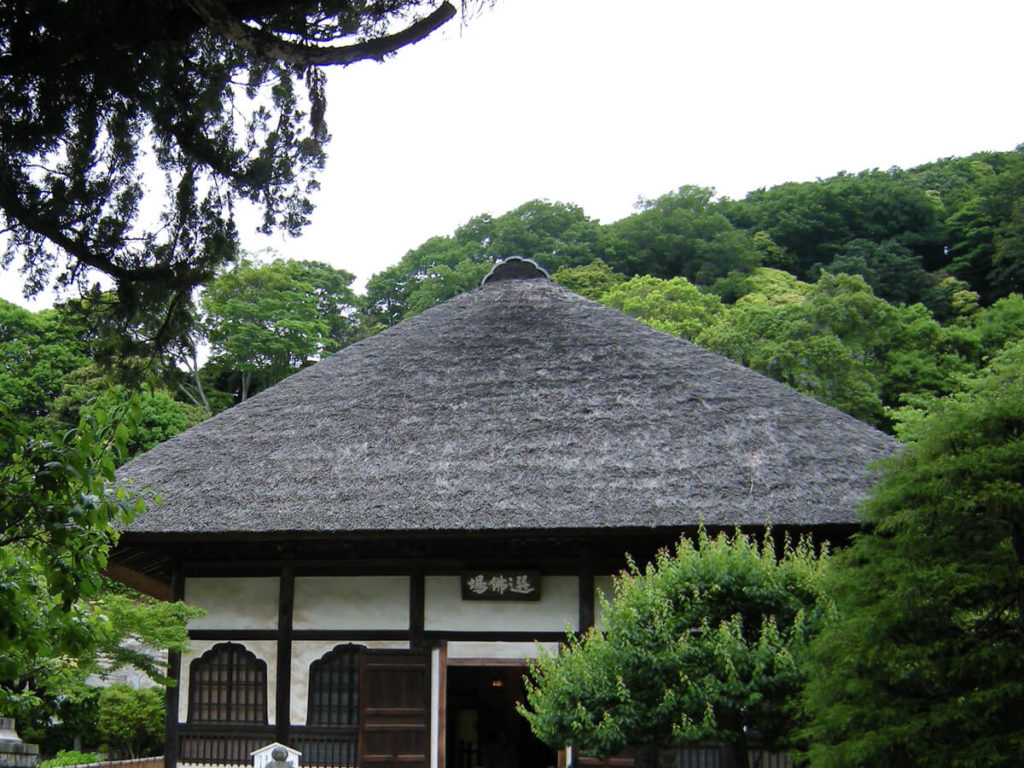
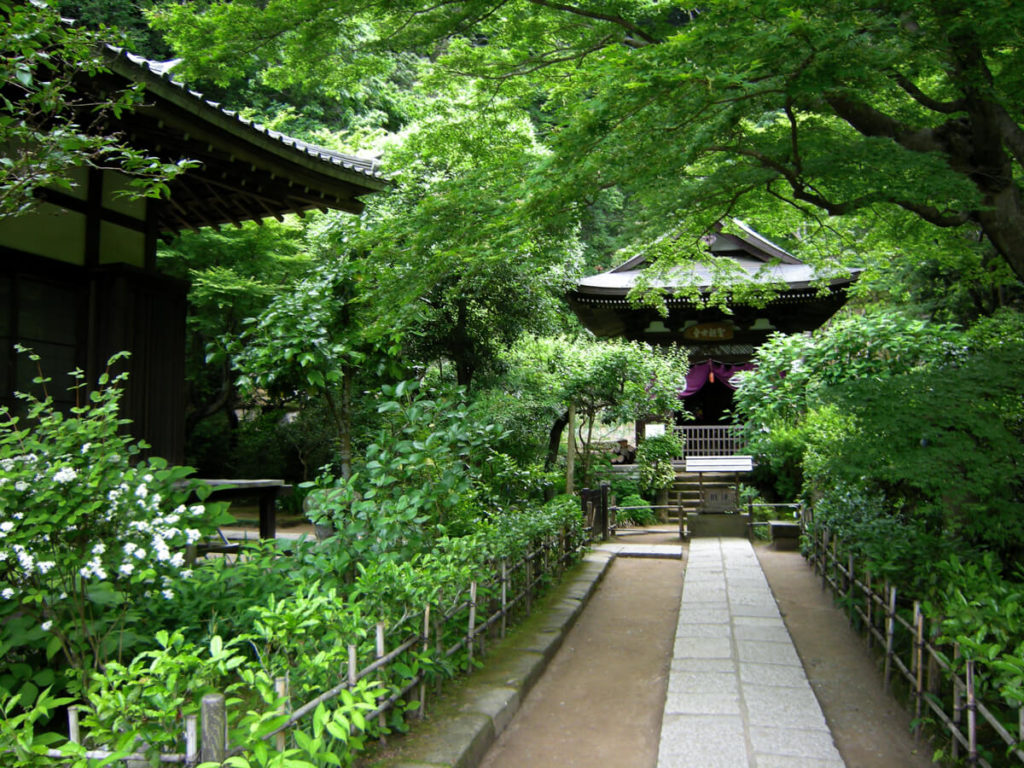
Tsurugaoka Hachimangu 鶴岡八幡宮
It is the largest shrine in Kamakura. It was founded in 1063, enlarged and moved to its current site in 1180 by Minamoto Yoritomo. Remember him? He was the first shogun and moved the capital to Kamakura.
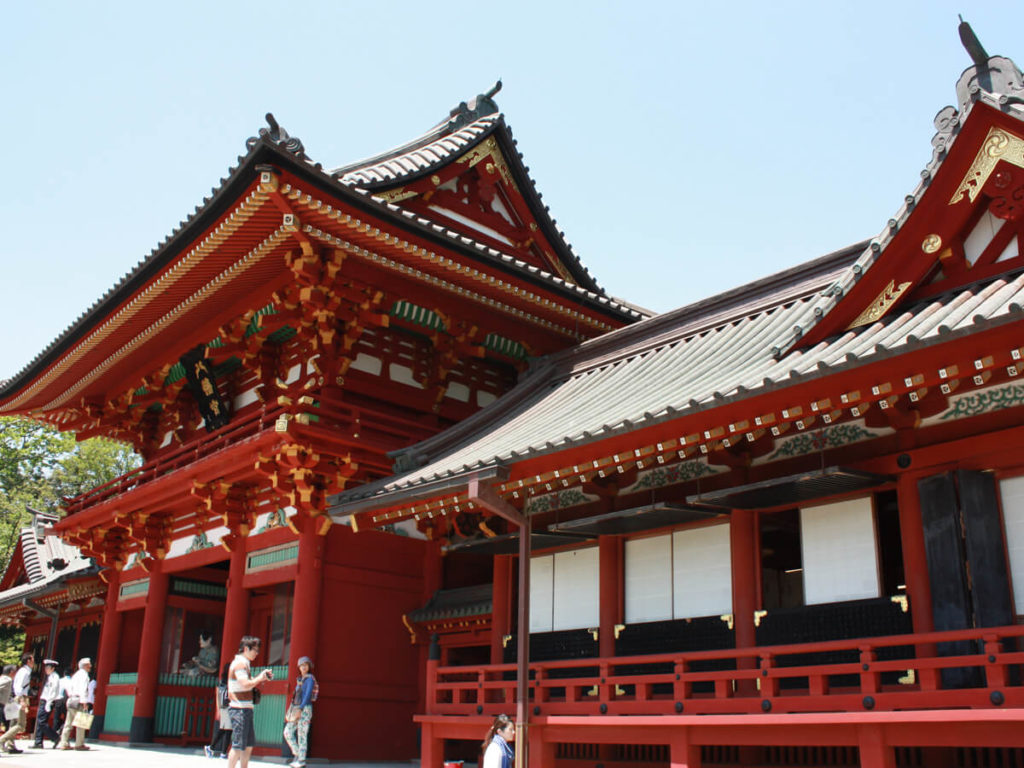
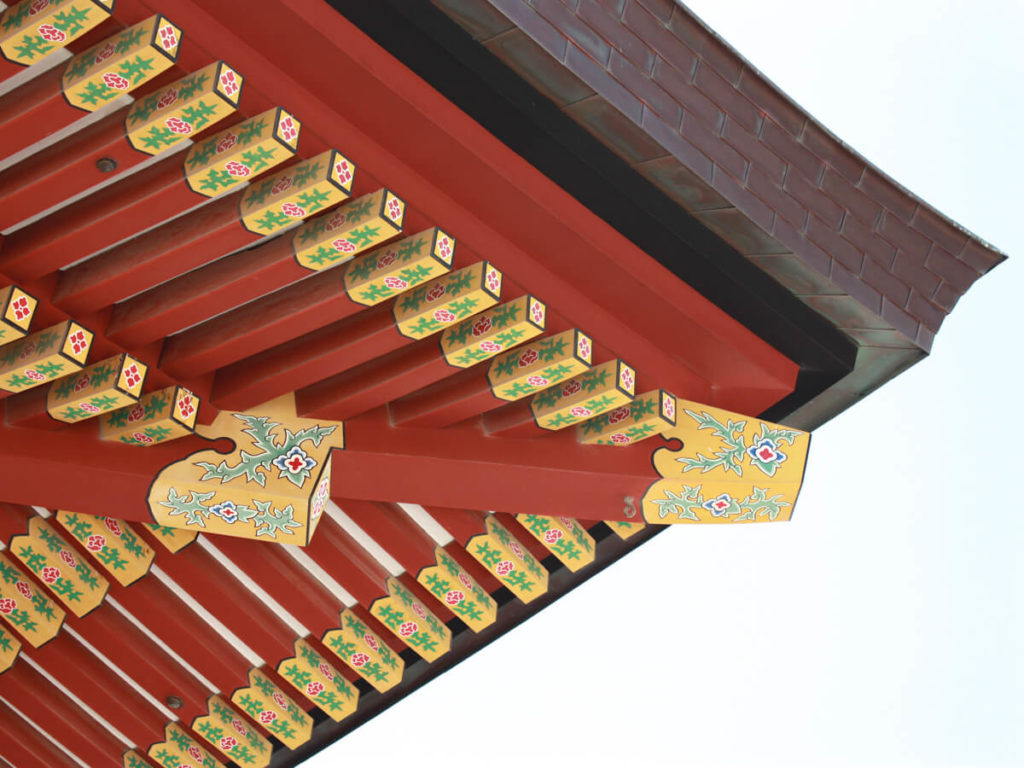
Close to the sanctuary are two ponds. The first has with 3 islands and represents the Minamoto clan. The other represents the Taira clan. It’s the clan that lost the Genpei war. They were the main rivals of the Minamoto clan. This pond has four islands. In Japanese, the number “four” (四) is pronounced just like the word “dead” (死). Minamoto Yoritomo was a lovely person!
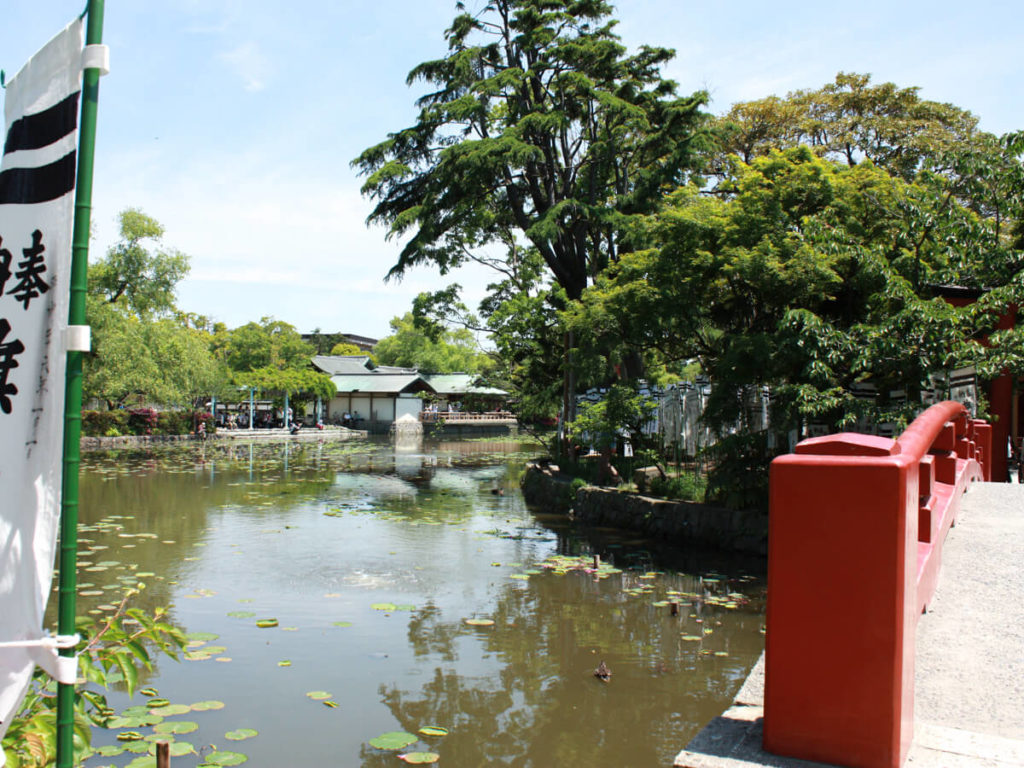
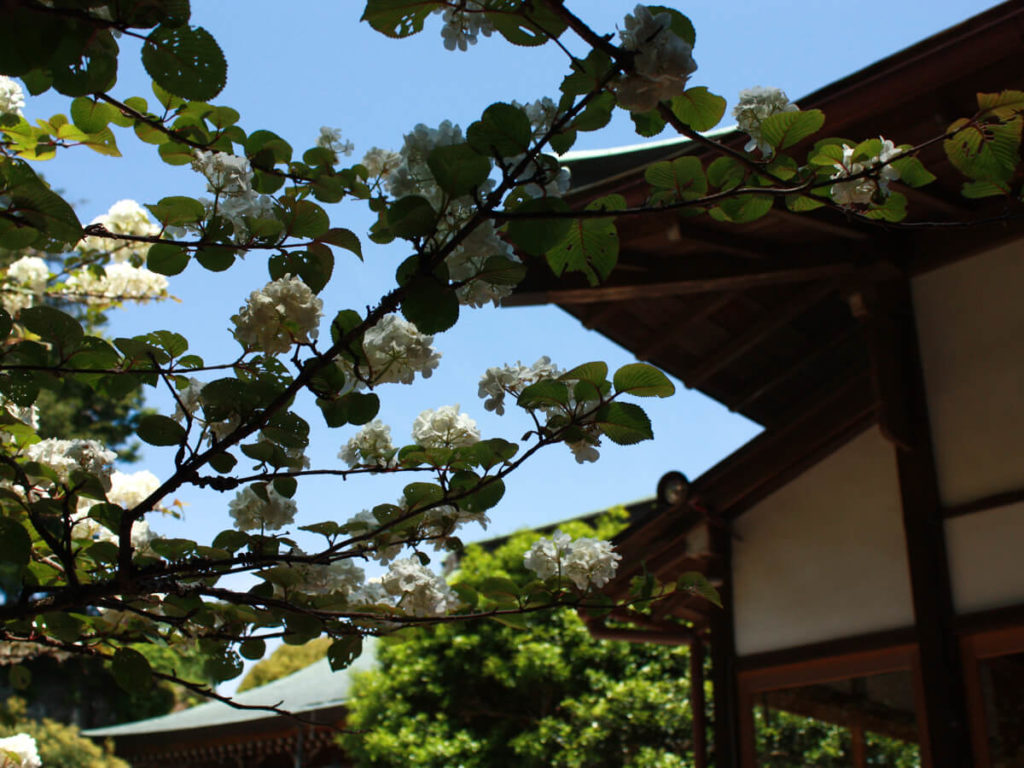
Kenchoji temple 建長寺
It is the oldest Zen temple in Kamakura. Like the Engakuji temple, it contains a huge wooden door (main gate Sanmon).
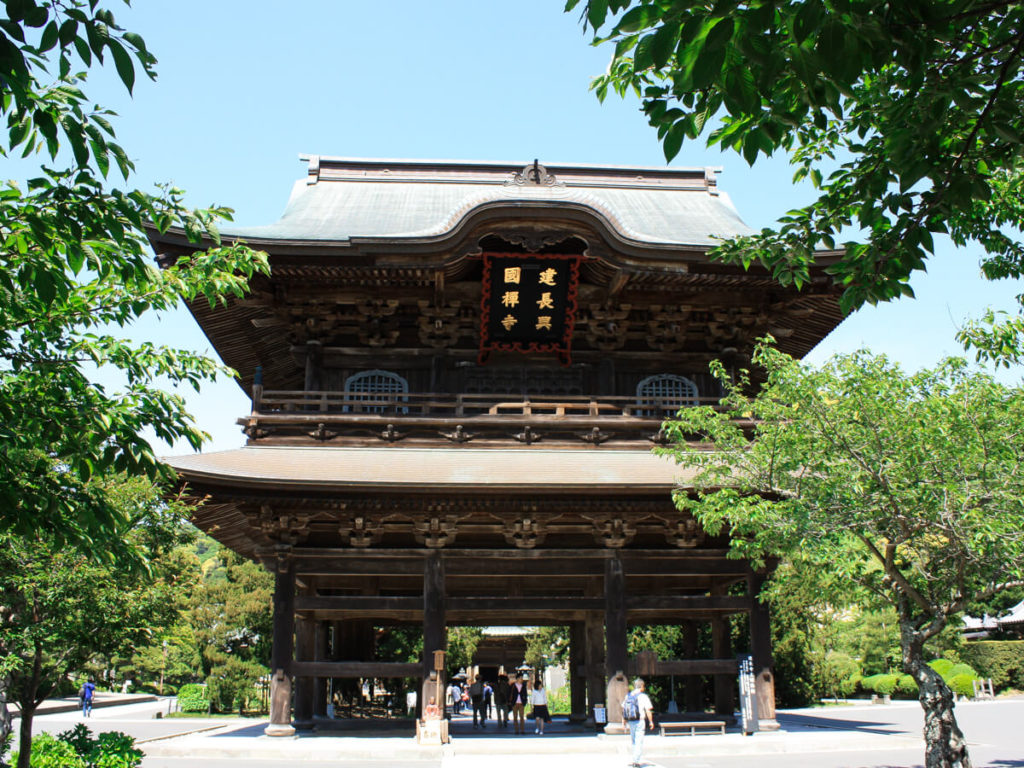
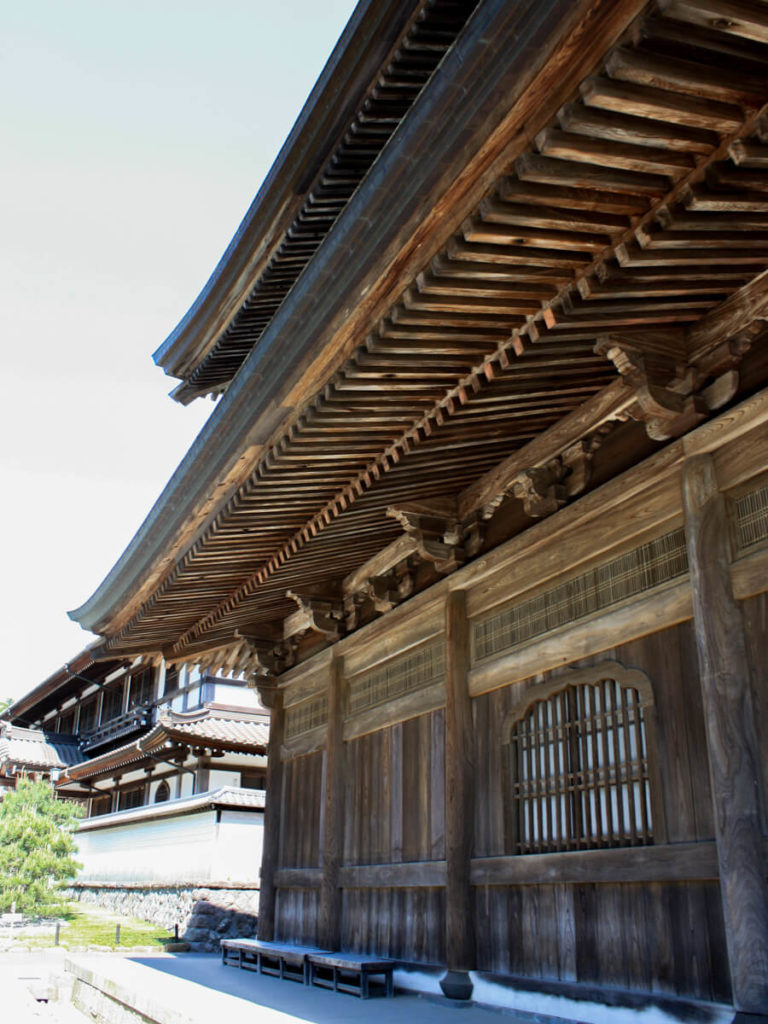
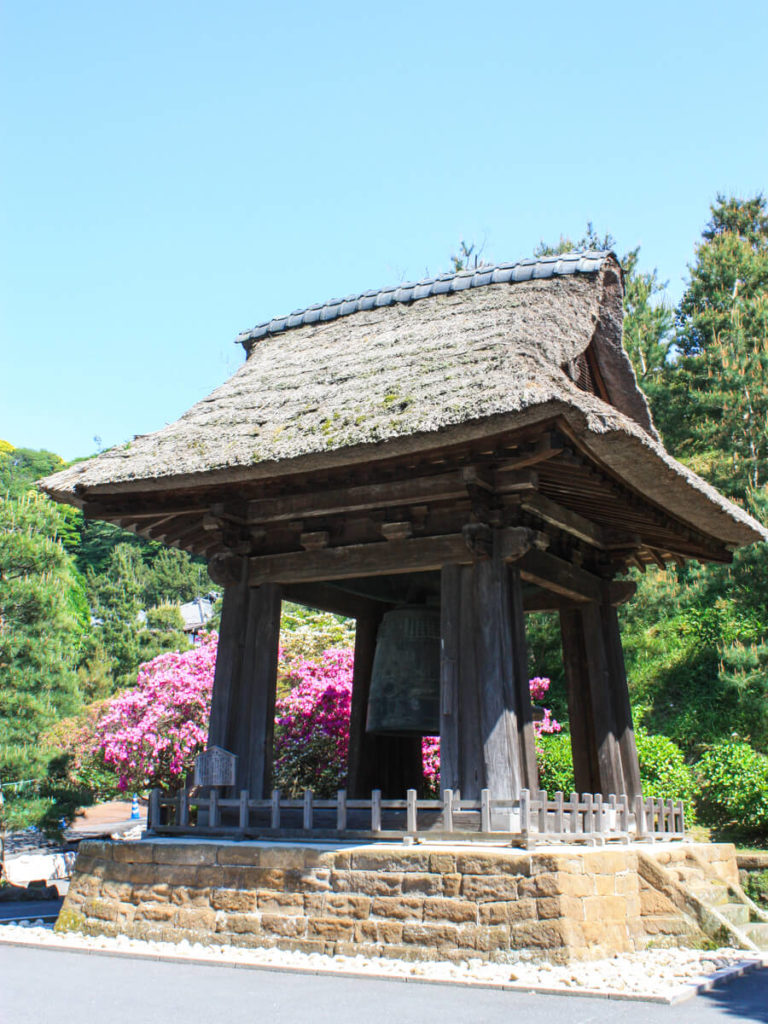
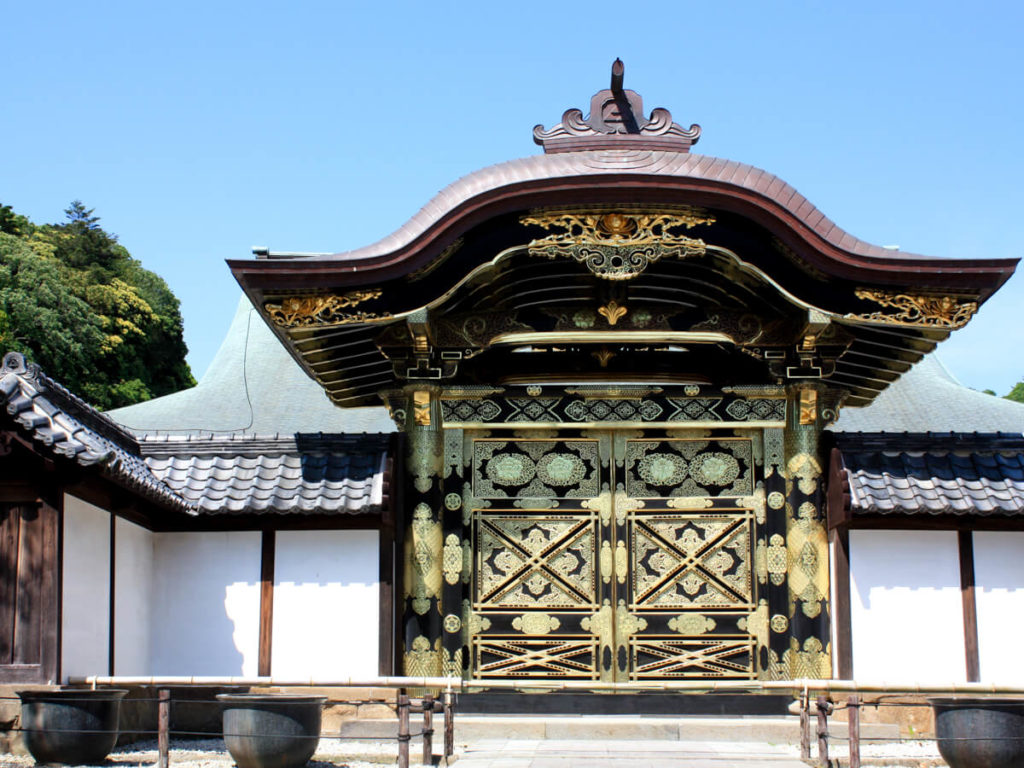
Near Kenchoji’s main hall is a garden designed by the famous Zen master Musō Soseki. He was famous for being multi-talented. He was a Monk, teacher, calligraphist, poet and garden designer…
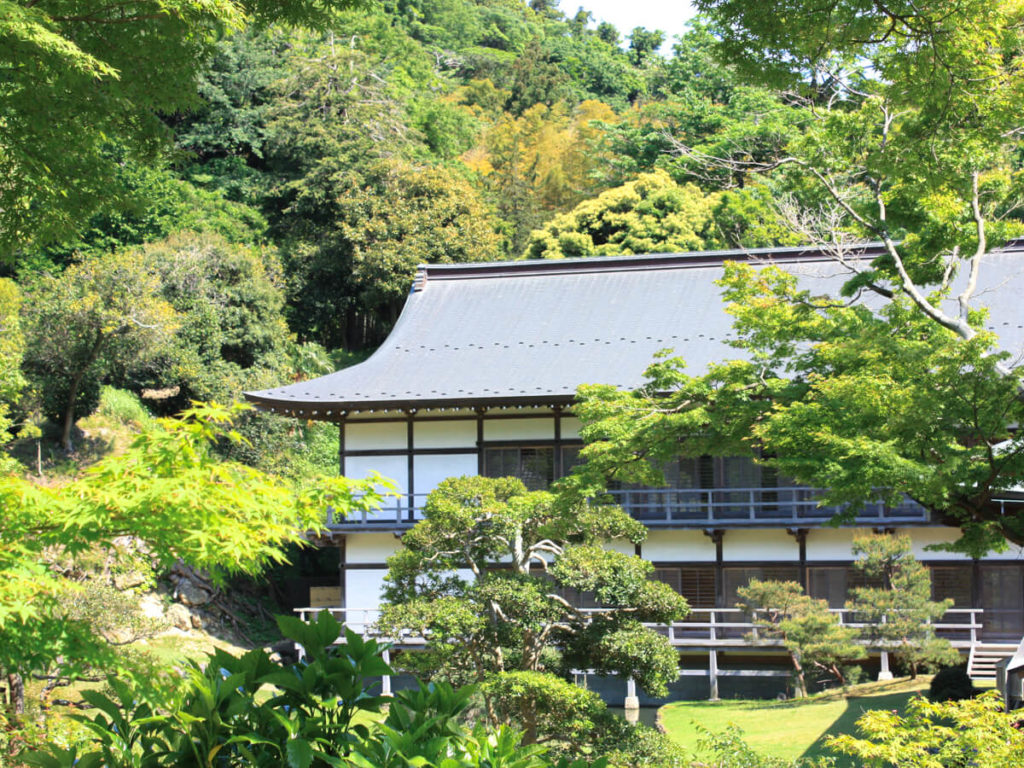
Behind Kenchoji temple is Hansobo shrine. Don’t miss it, it has a nice view of the city. Follow the path (mostly under the shade) for about 15 minutes.
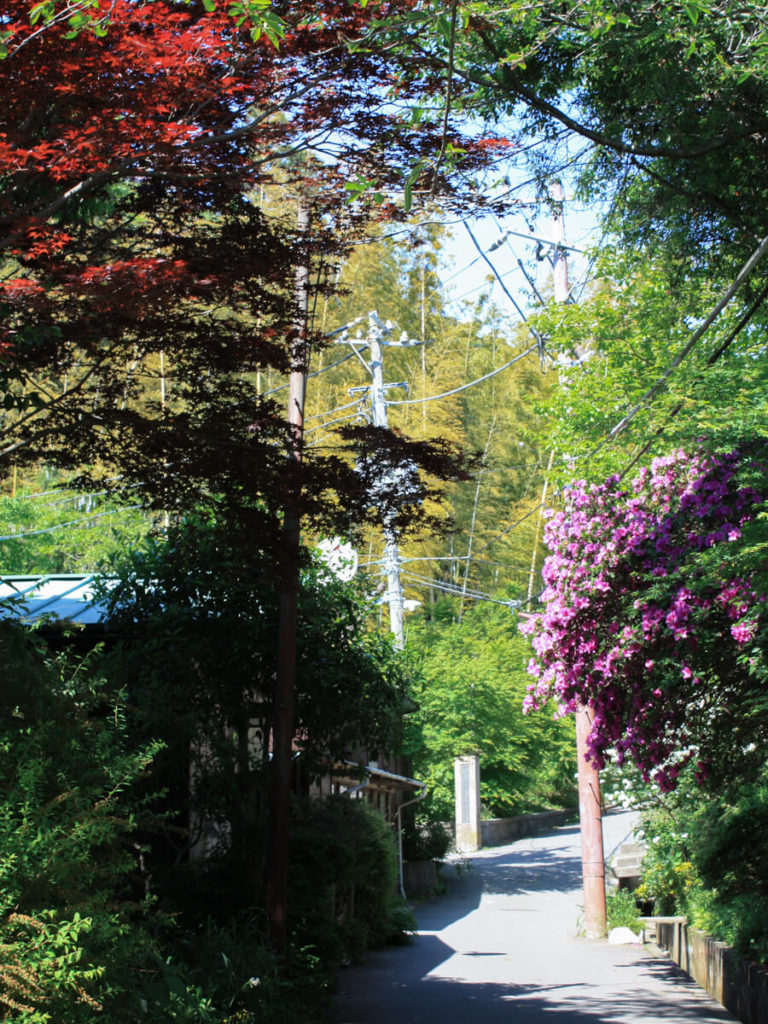
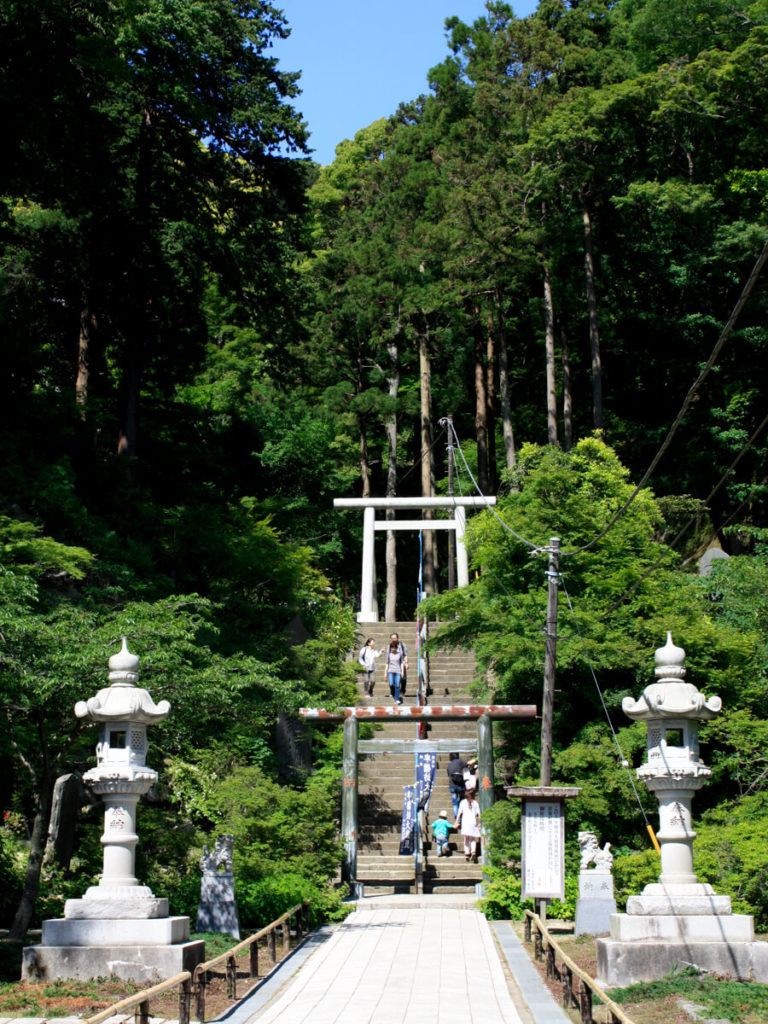
Originally built as a structure adjacent to the Kencho-ji temple, this impressive sanctuary is worth a visit in its own right. It shelters dozens of Tengu. Tengus are mythical creatures of Japanese folklore. You must have seen them all around Japan. It’s not the kind of place where you want to stay after sunset!
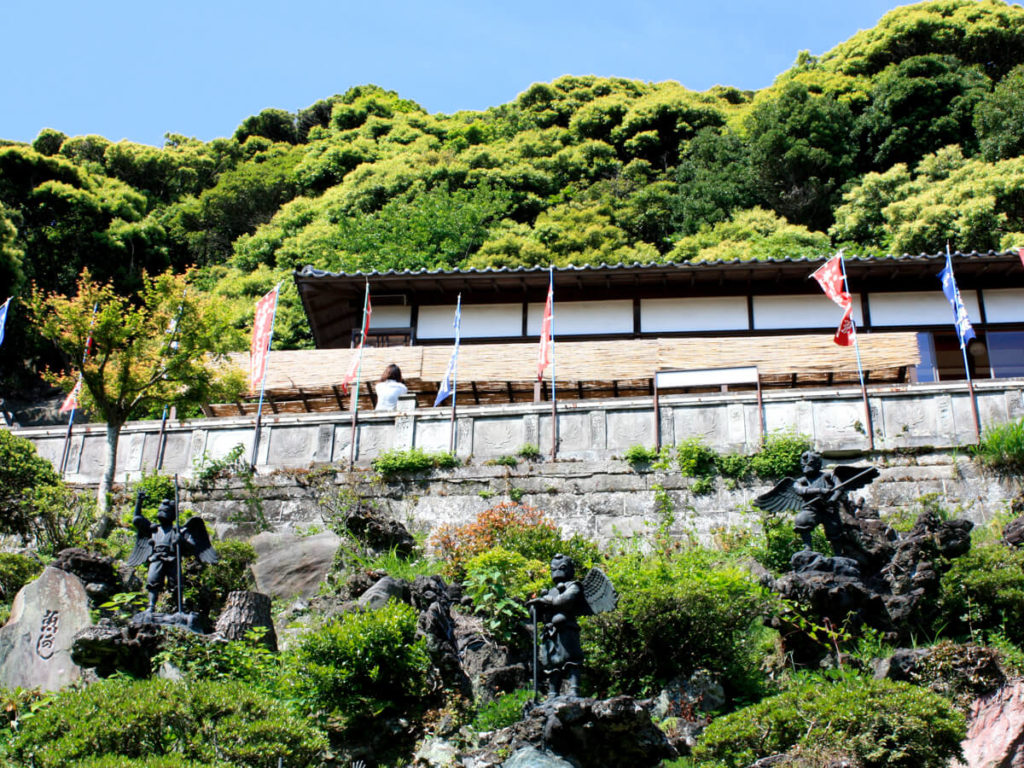
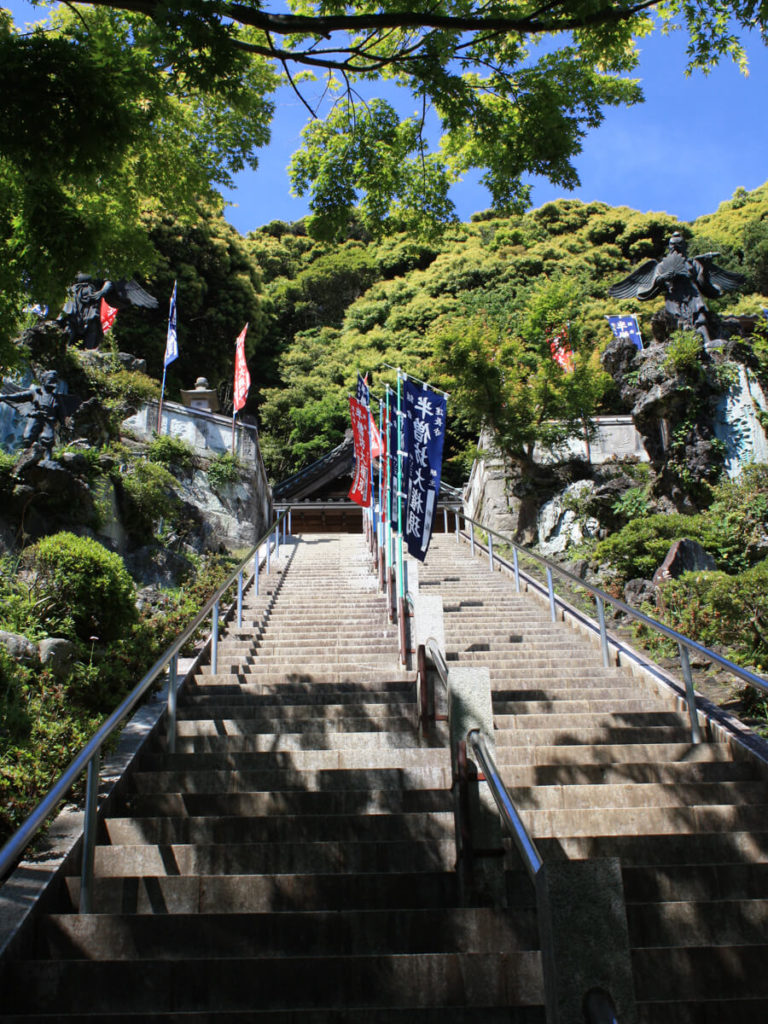
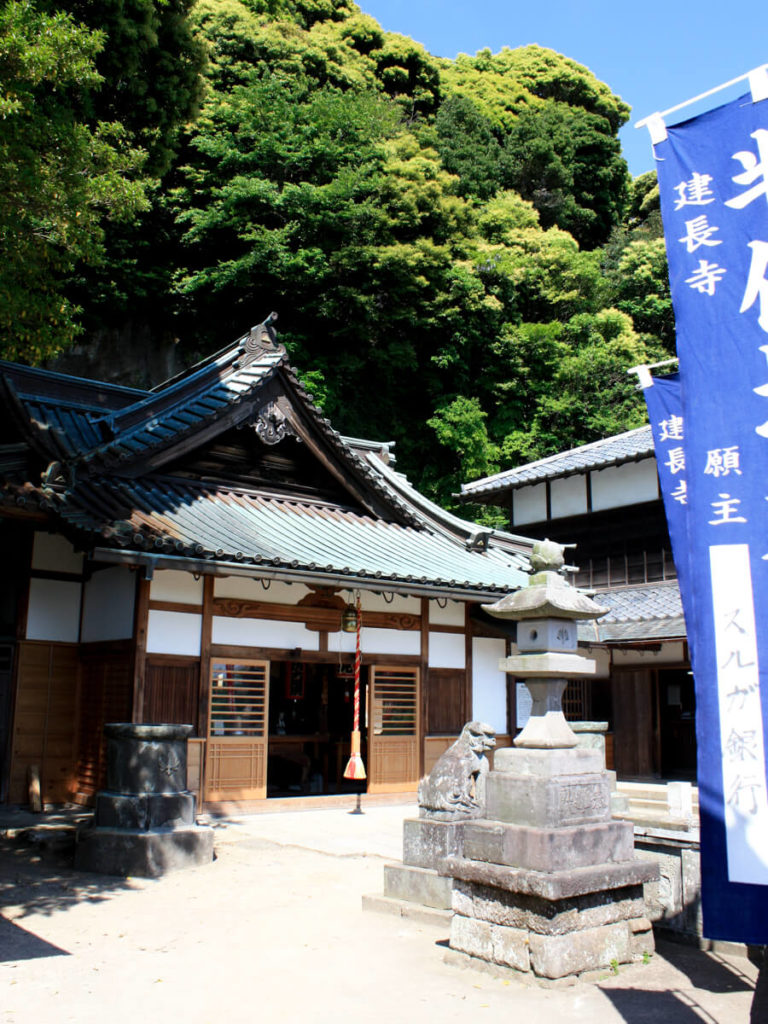
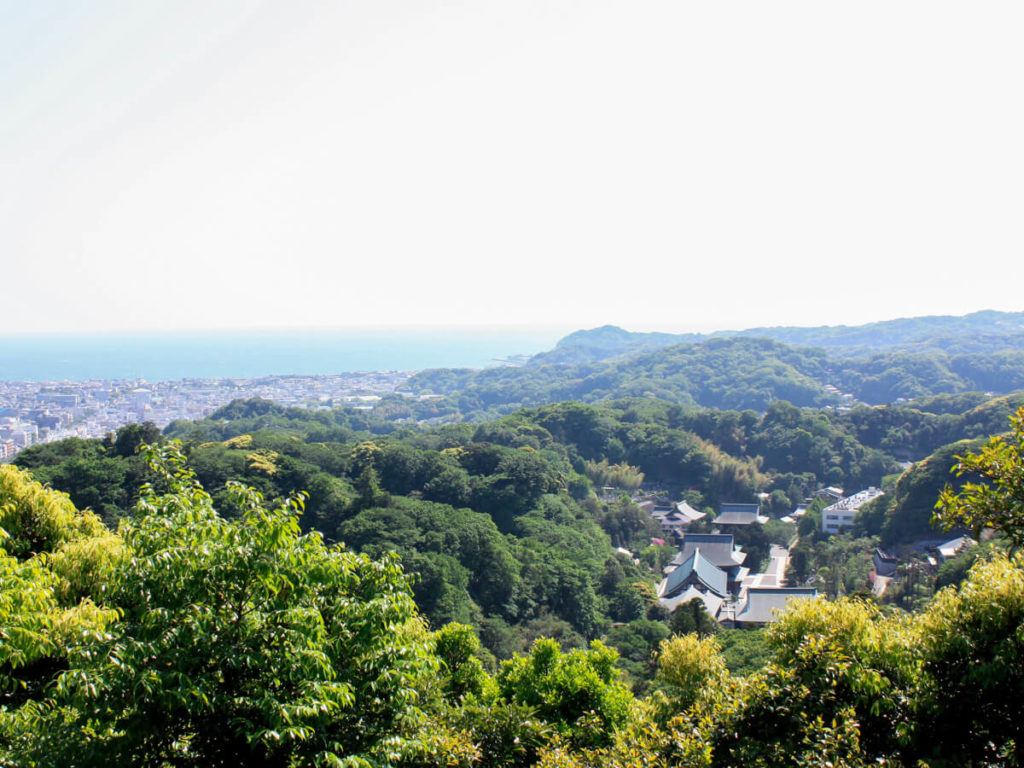
Kotokuin Temple 高徳院 and Daibutsu 大 仏
Kamakura is famous for its “Daibutsu” (Big Buddha). It’is a huge 11.4-meters bronze statue of Buddha. It was inspired by the one in Todaiji temple in Nara, the largest Buddha statue in Japan. The first Shogun Minamoto Yoritomo (yes, him again) saw the statue in Nara in 1195 and wanted to have a similar in Kamakura. Unfortunately, he dies before realising his wish. The current bronze statue was cast in 1252.
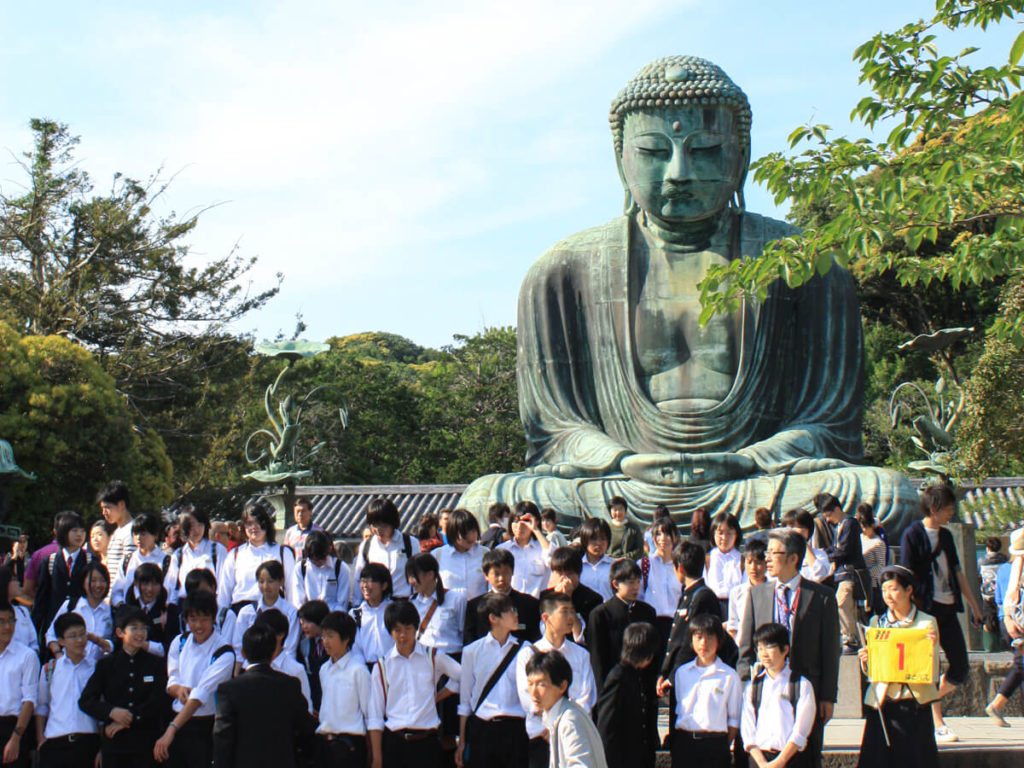
The statue’s proportions are distorted so that visitors can see it with the right perspective. Similar to Greek statues.
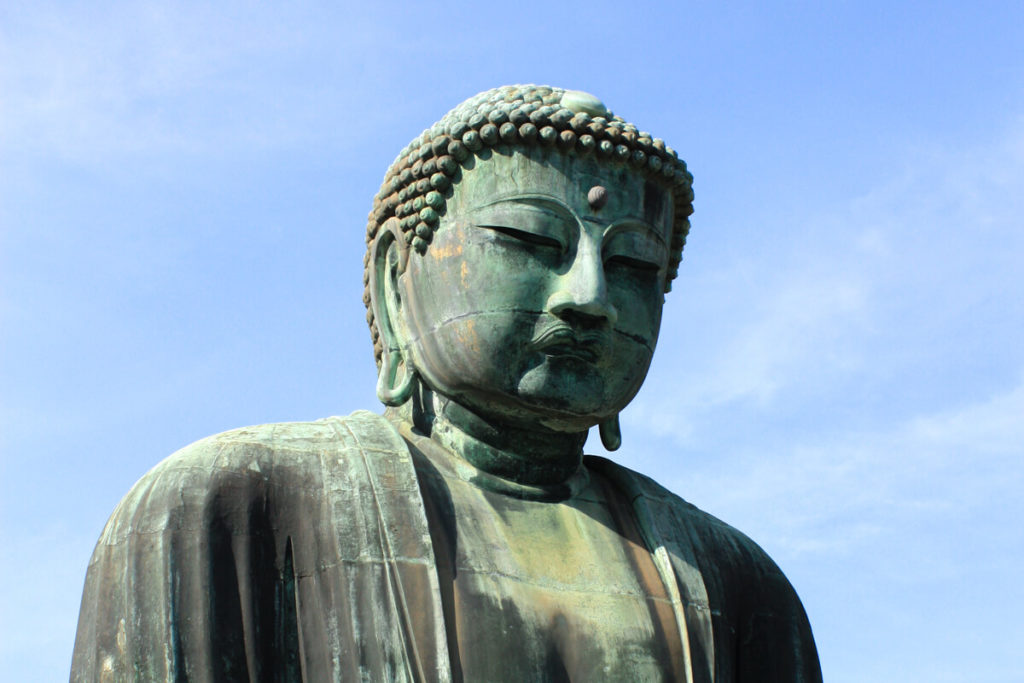
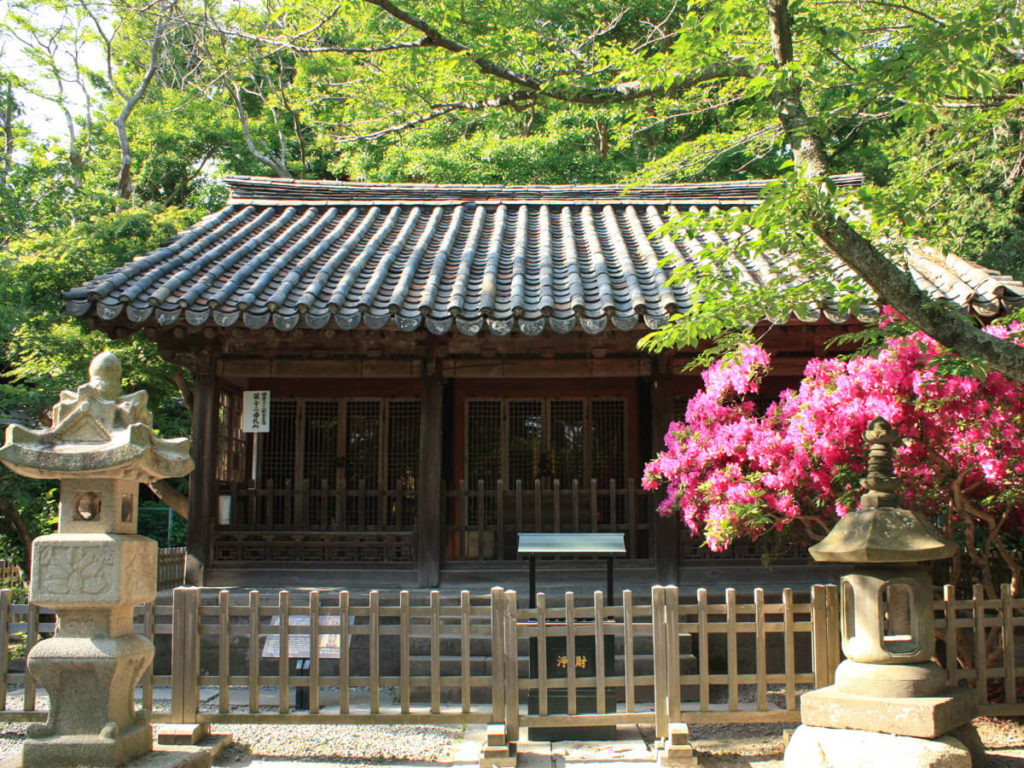
Mount Fuji
Before returning to Tokyo, I stopped at Enoshima and I had the chance to see Mount Fuji!
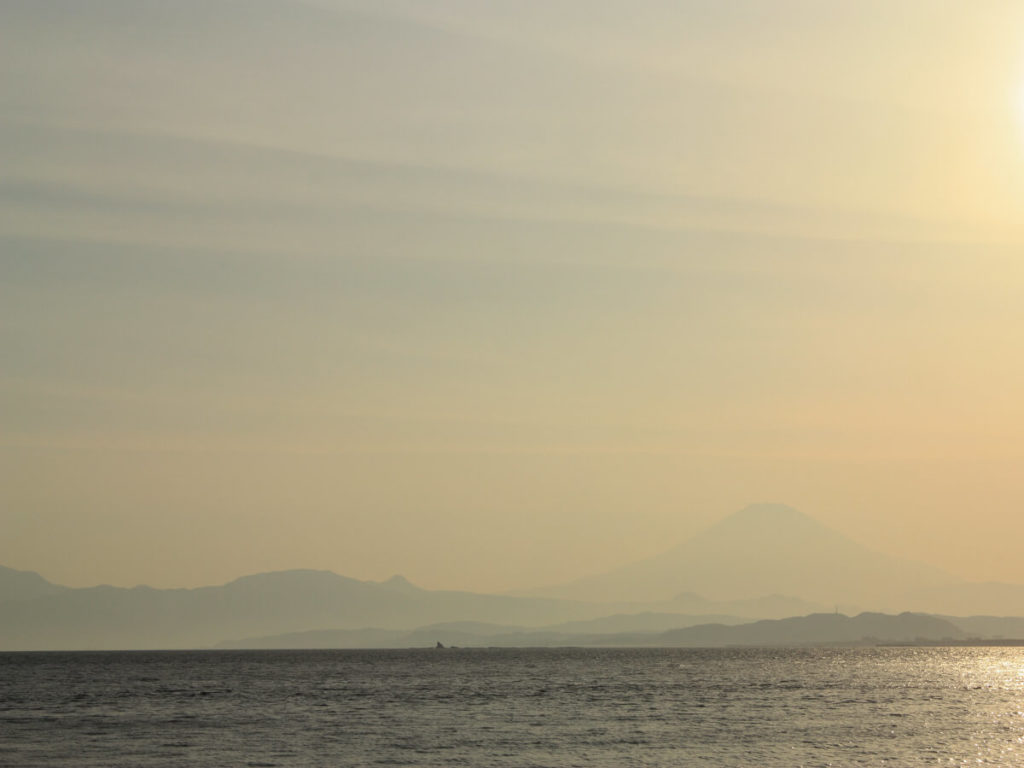
Access
Kamakura is located about an hour from Tokyo. There are many ways to get there:
JR Yokosuka Line
The JR Yokosuka line connects Tokyo Station with Kamakura Station. A one-way trip takes just under an hour and costs ¥940.
JR Shonan Shinjuku Line
The JR Shonan Shinjuku line connects Shinjuku station and Kamakura station. A one-way trip takes about an hour and costs ¥ 40.
Hakone Kamakura Pass (Odakyu Railways)
If you plan to visit Hakone, go for the Hakone-Kamakura pass (¥7,000). It allows unlimited use of Odakyu trains, buses, trains, boats, cable cars in the Hakone region. You can also use it on the Enoden trains between Enoshima and Kamakura. Some attractions are included in the price. The Kamakura pass can be used for three consecutive days. Worth it if you want to visit the region. You can buy the pass in Shinjuku.

